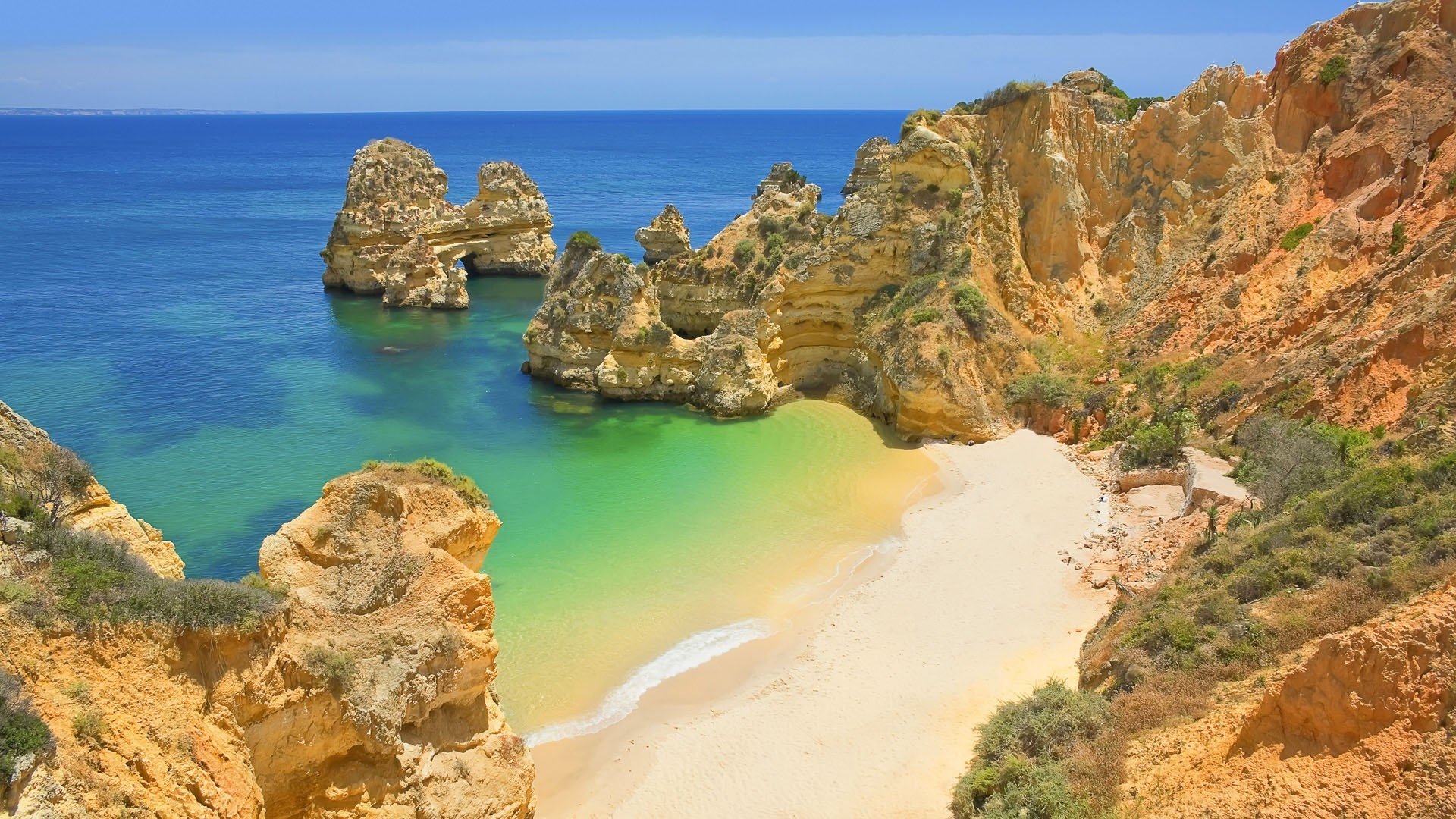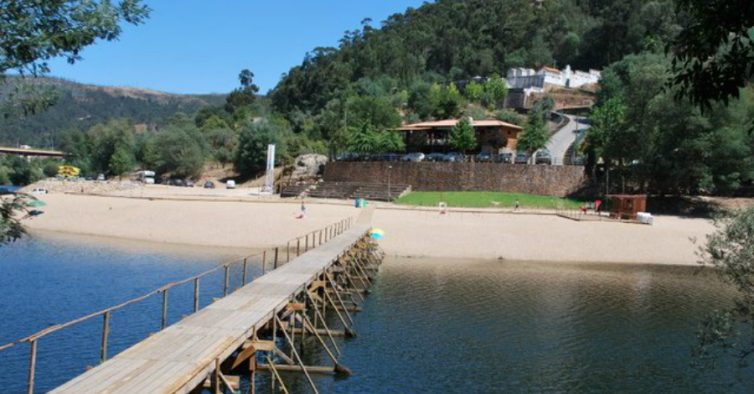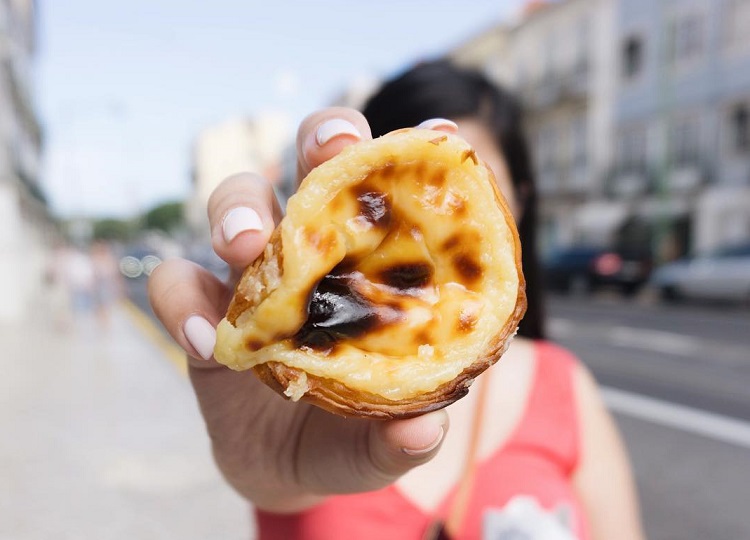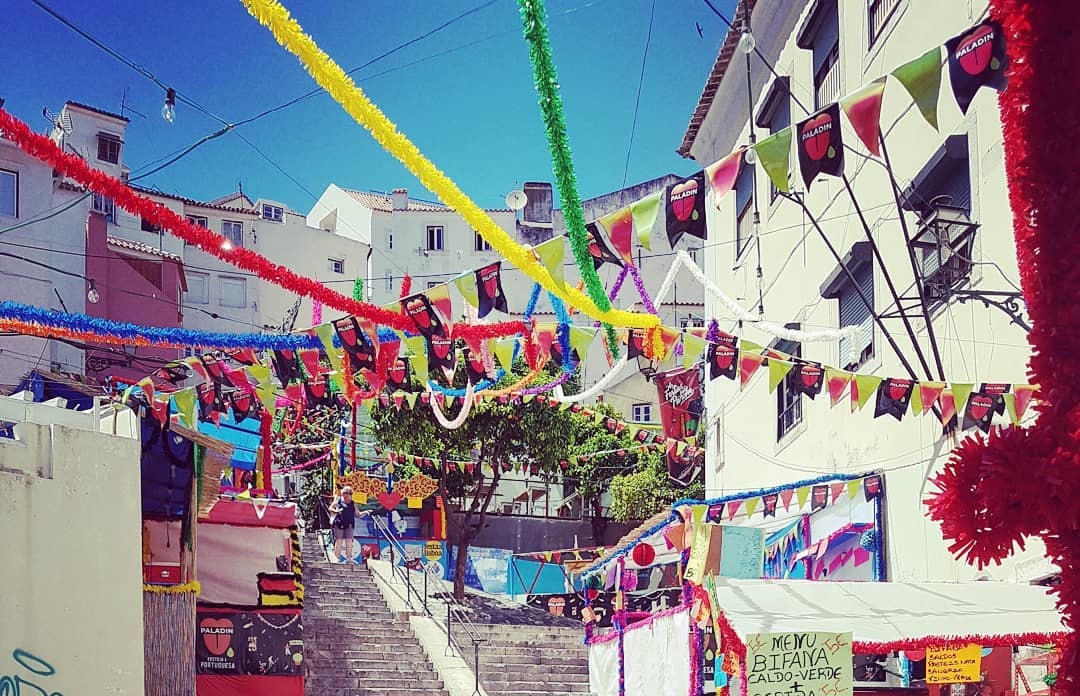Route to discover Porto on foot
Start: Terreiro de Sé. Walking Tours in the City of Porto
Finishing: São Bento Station.
Time: 2 and a half hours.
Best times: Any day between 10am and 4pm.
Worst Times: Monday to Friday from 8am to 10am and from 4am to 6pm due to heavy traffic.
The only proper way to explore the heart of the city center is on foot. Almost all major monuments are in the old part of the city, and the main attractions are close to each other. The streets are often narrow and sometimes confusing to the first-time visitor; Even armed with a good map, you are likely to get lost from time to time. Long used to entertaining foreigners, the people of Porto are generally friendly and hospitable, and point in the right direction.
Start your tour in the heart of the old city at:
1. Terreiro de Sé
This square is dominated by the cathedral, founded as a fortress church in the 12th century and greatly altered in 1600 and 1700. Square domed towers flank the main facade. "Cathedral Square" also borders a former 18th century episcopal palace, now municipal offices. Known for its granite-lined doors and windows, it contains an exceptional staircase. Also in the square is a pillory of Manueline style and a statue of Vímara Peres, the warrior of Alfonso III of Leo, who captured Portucale in 868 AD.
At the back of the cathedral is one of Portos most charming streets:
2. Dom Hugo Street
If you continue along this street, you will pass the Chapel of Nossa Senhora das Verdades. It is invariably closed, but you can peek through the grille at the golden rococo altar, with a statue of the Virgin in the center.
Along this same street, no. 32 represents the:
3. Junqueiro House Museum
This white mansion, now a museum, was the home of the poet Guerra Junqueiro (1850-1923). Italian architect Nicolau Nasoni designed this mansion.
Continue along Rua de Dom Hugo, a narrow street that curves around the east side of the Sé until you reach some steep steps. These were carved through remaining sections of the city walls that existed in the Middle Ages. This brings you to one of Portos most colorful and poor sections:
4. Ribeira District
The side streets of this historic quarter are very charming. The area is full of arcade markets, churches, museums, monuments and once elegant buildings.
Regardless of which alley you take, everything eventually merges with:
5. Ribeira Wharf
The pier section of the Ribeira neighborhood opens to the Douro. Locals come here for low cost taverns (tavernas) and seafood restaurants, which were built in the arcade at street level of the old buildings.
The center of the district is:
6. Ribeira Square
Local residents sit in the sun telling high stories. From here, visitors can enjoy the port wine inns throughout the Douro in Vila Nova de Gaia.
Now head north to:
7. Bridge of Dom Luis I
This is the middle of the trio of bridges over the Douro River. The iron bridge was designed by Seyrig, one of Gustave Eiffels collaborators, in 1886. It has an upper and lower span, both of which funnel traffic to Vila Nova de Gaia.
After seeing the bridge and the river, retrace your steps to Ribeira Square. On the west side of the square, go up Rua de São João to:
8. English Factory (British Association Factory House)
This is the headquarters of the Port Wine Transporters Association. One of the most legendary buildings in the Ribeira district is where Rua do Infante Dom Henrique crosses Rua de São João. British Consul John Whitehead designed the "factory" in 1786.
Follow Rua do Infante Dom Henrique until:
9. Infantes House
Casa do Infante is on the corner of Rua de Alfândega. Henry, the Porto-born Navigator who launched Portugal into the Age of Discovery, was supposedly born in this house.
Follow Rua do Infante Dom Henrique until:
10. Infante Dom Henrique Square
A statue of Prince Henry the Navigator adorns this square. Here you can visit a large covered food market, where gut is sold in large quantities. Although avoided by much of the western world (except the Florentines), gut is considered the favorite food of the inhabitants of Porto.
The highlight of this square is:
11. Church of St. Francis
Originally, this was a gothic church. Its adjoining museum was once owned by a Franciscan monastery. This church boasts the most spectacular and luxurious interior of Porto - and the competition is fierce.
Behind the church, facing the square, is Porto:
12. Stock Exchange Palace (Stock Exchange)
It occupies a large part of the site of what used to be a Franciscan monastery. It is known for an oval Arabic Room whose stained glass and arabesques appear to mimic the style of the Moorish Alhambra. The Stock Exchange is located at Rua de Bolsa and Rua Ferreira Borges.
Follow Rua Ferreira Borges to the west, turning north to Largo de São Domingos. At the top of this square, continue along the northwest:
13. Flower Street (Flower Street)
Some visitors consider this the most romantic street in Porto. It has long been known for the quality of its goldsmiths, but what makes the street so architecturally striking is its wrought iron balconies.
This street opens to Praça de Almeida Garrett, named after the famous Portuguese writer. In this square is the:
14. São Bento Station
This is the most central of Porto train stations. Its large main hall is decorated with large tiles that trace the history of transport in Portugal.
Finishing: São Bento Station.
Best times: Any day between 10am and 4pm.
Worst Times: Monday to Friday from 8am to 10am and from 4am to 6pm due to heavy traffic.
The only proper way to explore the heart of the city center is on foot. Almost all major monuments are in the old part of the city, and the main attractions are close to each other. The streets are often narrow and sometimes confusing to the first-time visitor; Even armed with a good map, you are likely to get lost from time to time. Long used to entertaining foreigners, the people of Porto are generally friendly and hospitable, and point in the right direction.
1. Terreiro de Sé
This square is dominated by the cathedral, founded as a fortress church in the 12th century and greatly altered in 1600 and 1700. Square domed towers flank the main facade. "Cathedral Square" also borders a former 18th century episcopal palace, now municipal offices. Known for its granite-lined doors and windows, it contains an exceptional staircase. Also in the square is a pillory of Manueline style and a statue of Vímara Peres, the warrior of Alfonso III of Leo, who captured Portucale in 868 AD.
At the back of the cathedral is one of Portos most charming streets:
If you continue along this street, you will pass the Chapel of Nossa Senhora das Verdades. It is invariably closed, but you can peek through the grille at the golden rococo altar, with a statue of the Virgin in the center.
Along this same street, no. 32 represents the:
3. Junqueiro House Museum
Continue along Rua de Dom Hugo, a narrow street that curves around the east side of the Sé until you reach some steep steps. These were carved through remaining sections of the city walls that existed in the Middle Ages. This brings you to one of Portos most colorful and poor sections:
4. Ribeira District
The side streets of this historic quarter are very charming. The area is full of arcade markets, churches, museums, monuments and once elegant buildings.
5. Ribeira Wharf
The pier section of the Ribeira neighborhood opens to the Douro. Locals come here for low cost taverns (tavernas) and seafood restaurants, which were built in the arcade at street level of the old buildings.
The center of the district is:
6. Ribeira Square
Local residents sit in the sun telling high stories. From here, visitors can enjoy the port wine inns throughout the Douro in Vila Nova de Gaia.
Now head north to:
7. Bridge of Dom Luis I
This is the middle of the trio of bridges over the Douro River. The iron bridge was designed by Seyrig, one of Gustave Eiffels collaborators, in 1886. It has an upper and lower span, both of which funnel traffic to Vila Nova de Gaia.
After seeing the bridge and the river, retrace your steps to Ribeira Square. On the west side of the square, go up Rua de São João to:
8. English Factory (British Association Factory House)
This is the headquarters of the Port Wine Transporters Association. One of the most legendary buildings in the Ribeira district is where Rua do Infante Dom Henrique crosses Rua de São João. British Consul John Whitehead designed the "factory" in 1786.
Follow Rua do Infante Dom Henrique until:
9. Infantes House
Casa do Infante is on the corner of Rua de Alfândega. Henry, the Porto-born Navigator who launched Portugal into the Age of Discovery, was supposedly born in this house.
Follow Rua do Infante Dom Henrique until:
10. Infante Dom Henrique Square
A statue of Prince Henry the Navigator adorns this square. Here you can visit a large covered food market, where gut is sold in large quantities. Although avoided by much of the western world (except the Florentines), gut is considered the favorite food of the inhabitants of Porto.
The highlight of this square is:
11. Church of St. Francis
Originally, this was a gothic church. Its adjoining museum was once owned by a Franciscan monastery. This church boasts the most spectacular and luxurious interior of Porto - and the competition is fierce.
Behind the church, facing the square, is Porto:
12. Stock Exchange Palace (Stock Exchange)
It occupies a large part of the site of what used to be a Franciscan monastery. It is known for an oval Arabic Room whose stained glass and arabesques appear to mimic the style of the Moorish Alhambra. The Stock Exchange is located at Rua de Bolsa and Rua Ferreira Borges.
Follow Rua Ferreira Borges to the west, turning north to Largo de São Domingos. At the top of this square, continue along the northwest:
13. Flower Street (Flower Street)
Some visitors consider this the most romantic street in Porto. It has long been known for the quality of its goldsmiths, but what makes the street so architecturally striking is its wrought iron balconies.
This street opens to Praça de Almeida Garrett, named after the famous Portuguese writer. In this square is the:
14. São Bento Station
This is the most central of Porto train stations. Its large main hall is decorated with large tiles that trace the history of transport in Portugal.
Outros Artigos Populares no Blogue
-


Galapinhos Beach in the list of the most stunning in Europe and Dona Ana Beach in Lagos
With spring in sight and summer no longer seeming to be unbeatable, the British newspaper Evening Standart has brought together the most beautiful bea... -


Reconquinho Beach, one of the most beautiful beaches in Portugal
Reconquinho river beach, in Penacova, Coimbra, was highlighted by the National Geographic channel on its website, which considered it one of the nine ... -


This is the Portuguese beach that locals make even in winter Madeira Insland
Winter temperatures in Madeira reached 27º C this week, many Madeirans took advantage of the heat to take off their coats and take a dip in the p... -


The 5 Best Romantic Getaways for Two in Portugal
Cozy and romantic, from north to south, Portugal is the perfect destination for a well-deserved getaway for two. Between picturesque villages, ap... -


Praia da Caminha one of the most secret and deserted in Portugal among the best in Europe
In an area of great beauty by the mouth of the Rio Minho, surrounded by the Pine Forest of the Camarido National Forest, Caminha Beach or Praia do Cam... -


São Bento Station: one of the most beautiful in the world
Considered one of the most beautiful in the world, the São Bento station in Porto was inaugurated 100 years ago, on October 5, 1916. Reason to ... -


40 things to do in Portugal at least once in your life
Participate in a half marathon in Lisbon and have the privilege of running over the 25 de Abril Bridge. Browse the tents of Estremoz Antiques and Ant... -


Calendar of the Best Events in Portugal
We suggest you check the dates below with a tour desk, as they can vary greatly from year to year. Sometimes last minute adjustments are made due...
